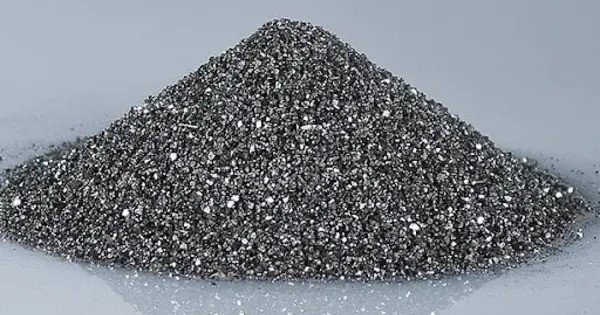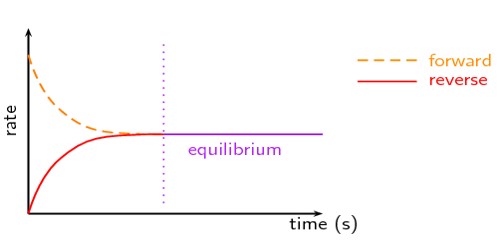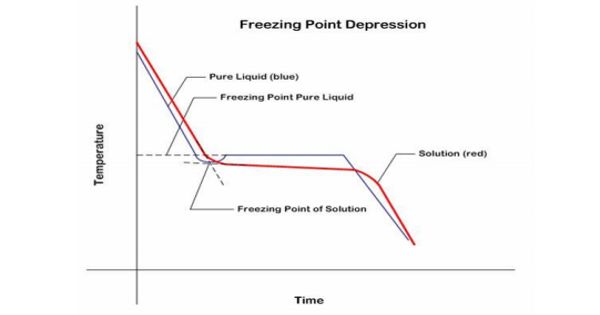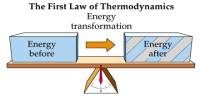Calcium hexaboride (sometimes calcium boride) is a compound of calcium and boron with the chemical formula CaB6. It is an important material due to its high electrical conductivity, hardness, chemical stability, and melting point. It is a member of the family of metal borides and is known for its unique properties, such as high hardness, electrical conductivity, and potential use in various applications.
It is a black, lustrous, chemically inert powder with a low density. It has the cubic structure typical for metal hexaborides, with octahedral units of 6 boron atoms combined with calcium atoms. CaB6 and lanthanum-doped CaB6 both show weak ferromagnetic properties, which is a remarkable fact because calcium and boron are neither magnetic, nor have inner 3d or 4f electronic shells, which are usually required for ferromagnetism.
Properties
CaB6 has been investigated in the past due to a variety of peculiar physical properties, such as superconductivity, valence fluctuation and Kondo effects. However, the most remarkable property of CaB6 is its ferromagnetism. It occurs at unexpectedly high temperature (600 K) and with low magnetic moment (below 0.07 μB per atom).
- Appearance: It is typically a gray or black powder, with a metallic luster.
- Melting Point: Around 2,250°C (4,082°F).
- Density: Approximately 2.52 g/cm³.
- Solubility: It is insoluble in water, and its solubility in other solvents is limited.
- Hardness: It is a relatively hard material and is used in applications requiring materials that can withstand high temperatures and wear.
- Electrical Conductivity: CaB₆ exhibits some metallic conductivity due to the nature of its structure.
- High Temperature Stability: Calcium hexaboride is stable at high temperatures, which makes it useful in high-temperature applications..
Synthesis
Calcium hexaboride can be synthesized by heating calcium metal with boron in a controlled environment. The compound is typically formed under high temperatures, as the reaction is endothermic.
- It is typically produced through solid-state reactions of calcium metal and boron, usually at high temperatures (above 1,000°C).
- Another method involves reacting calcium oxide (CaO) with boron carbide (B₄C) in the presence of carbon.
Natural Occurrence
Calcium hexaboride is a synthetic compound and does not occur naturally in significant quantities. However, it can be synthesized in laboratories by reacting calcium metal with boron or boron compounds at high temperatures. Natural occurrences of boron in minerals such as borax and kernite may eventually be involved in the production of calcium hexaboride, but the compound itself is not commonly found in nature.
Applications
- Materials Science: Due to its hardness and electrical conductivity, calcium hexaboride may be used as a hardening agent in industrial applications or for making certain types of composites.
- Electronics: Its electrical properties also mean it could have potential uses in semiconductor or electrical components, although it’s not as commonly used as some other materials in this area.
















